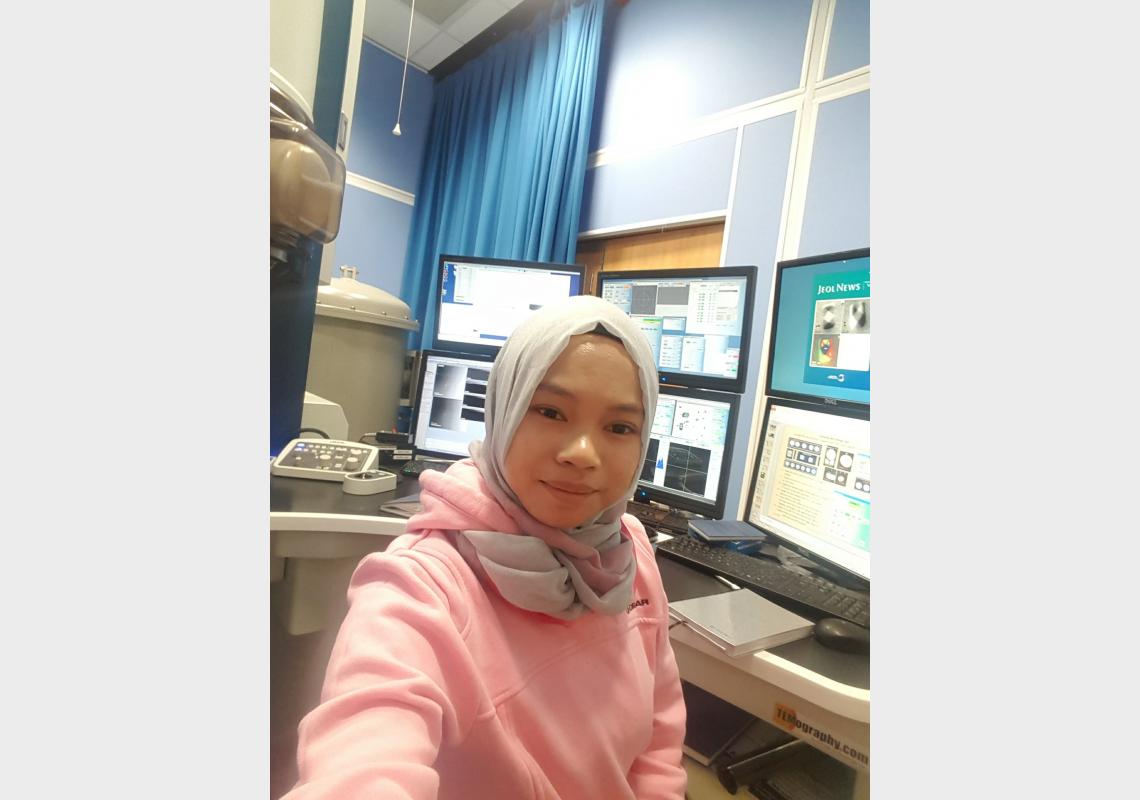Scientists have been using special detectors called interferometers to detect gravitational waves: disturbances to the curvature of space-time that occur as a result of massive energetic processes happening somewhere in the Universe. Now, astronomical physicist Hafizah Noor Isa of the International Islamic University Malaysia (IIUM) is investigating how to fine-tune the surface coatings on interferometer mirrors to improve their sensitivity for detecting these waves.
When a gravitational wave occurs, it disrupts the laser beams that are reflected by suspended mirrors inside interferometers. For this to happen, all other sources of ‘noise’ that could disrupt this process need to be reduced. Isa studies the coatings that are used on mirrors for this process.
GW150914 signal observed by the twin laser interferometer gravitational wave observatories (LIGO) at Livingston, Louisiana, and Hanford, Washington. The signals came from two merging black holes, each about 30 times the mass of our sun, lying 1.3 billion light-years away. The top two plots show data received at Livingston and Hanford, along with the predicted shapes for the waveform. These predicted waveforms show what two merging black holes should look like according to the equations of Albert Einstein's general theory of relativity, along with the instrument's ever-present noise. Scientists are working on finding ways to reduce this ‘noise’ even further.
Masses of LIGO/Virgo detections. LIGO and the Virgo interferometer in Italy have detected several instances of two black holes or neutron stars merging, leading to the formation of larger masses than those previously seen with X-ray studies alone. [Image credit: LIGO-Virgo/Northwestern Univ./Frank Elavsky]
Members of Institute of Gravitational wave in University of Glasgow. This picture is taken after the announcement of the breakthrough news.



